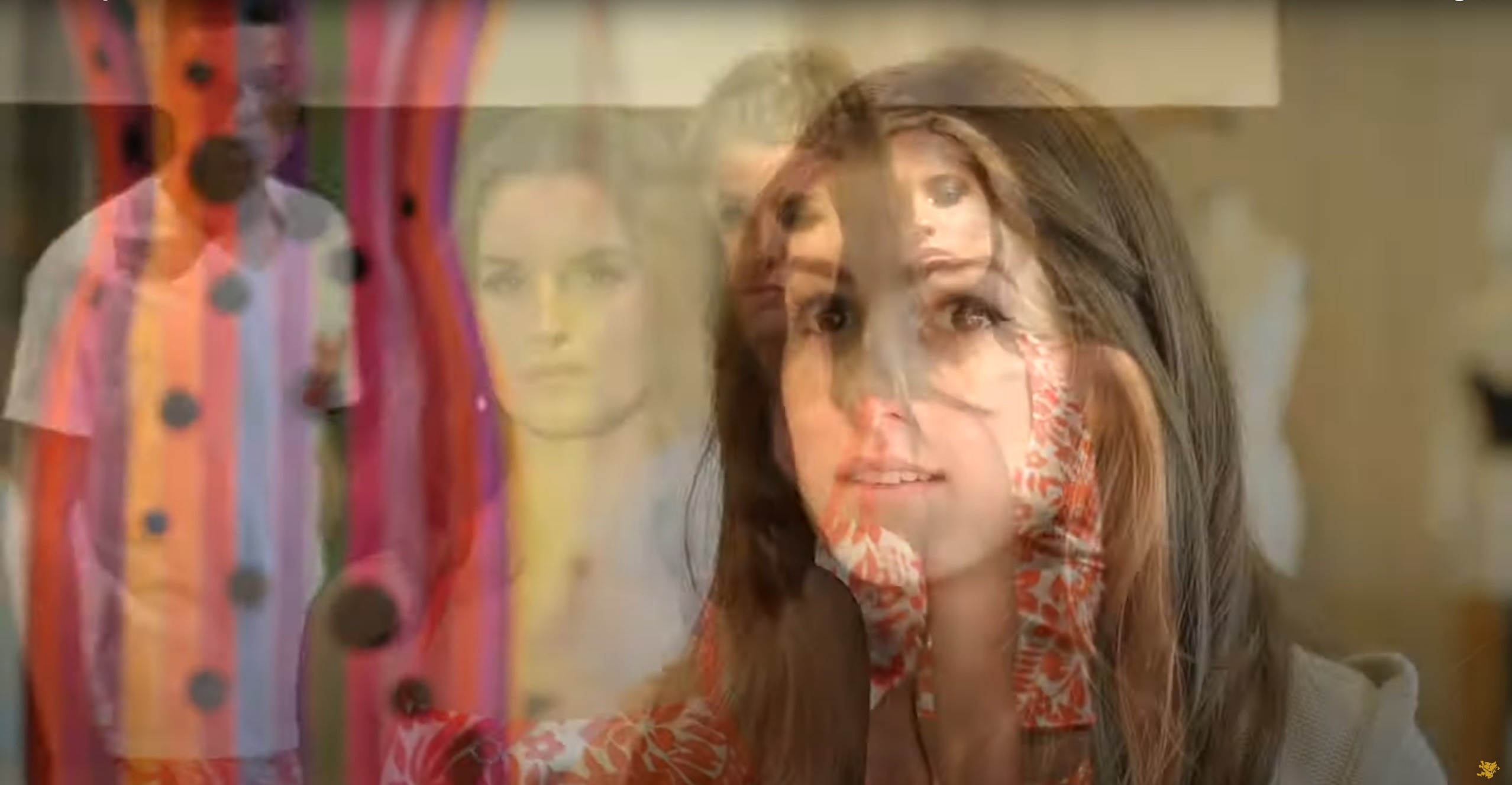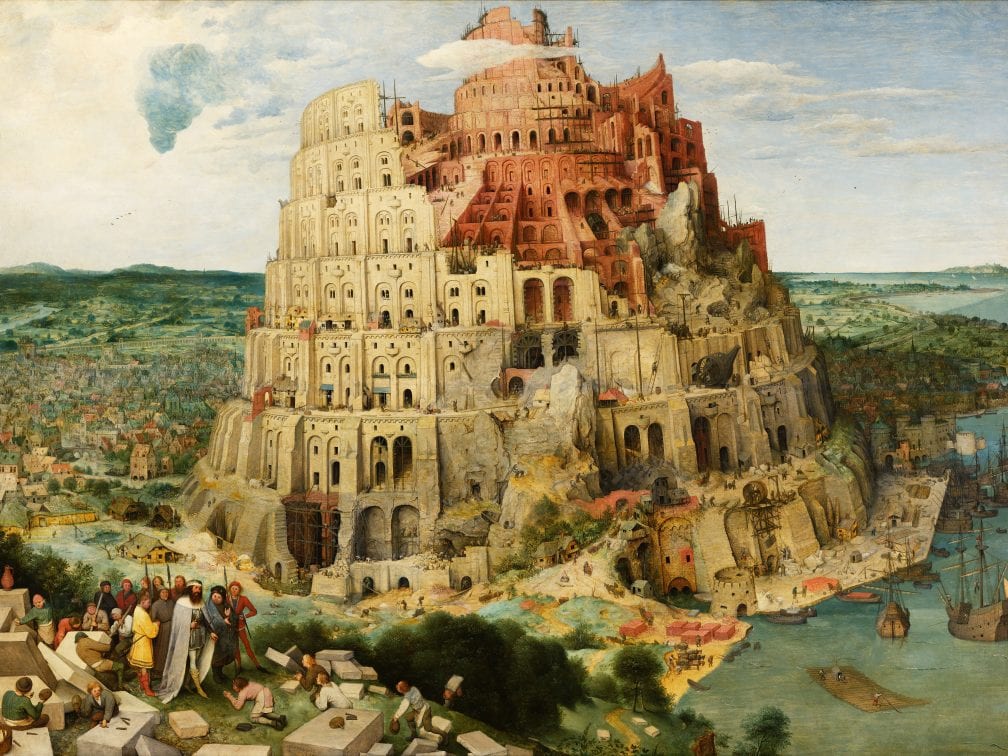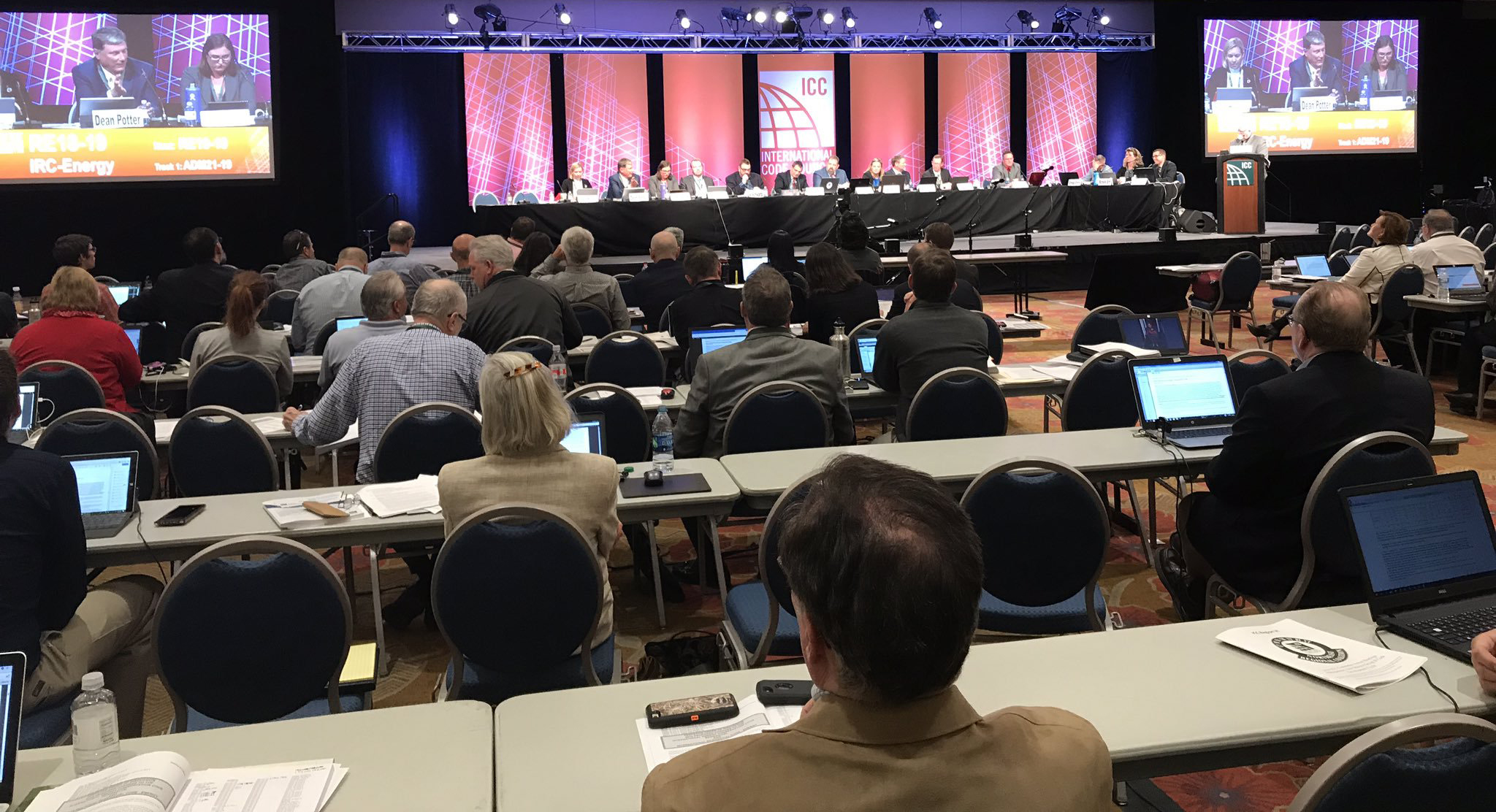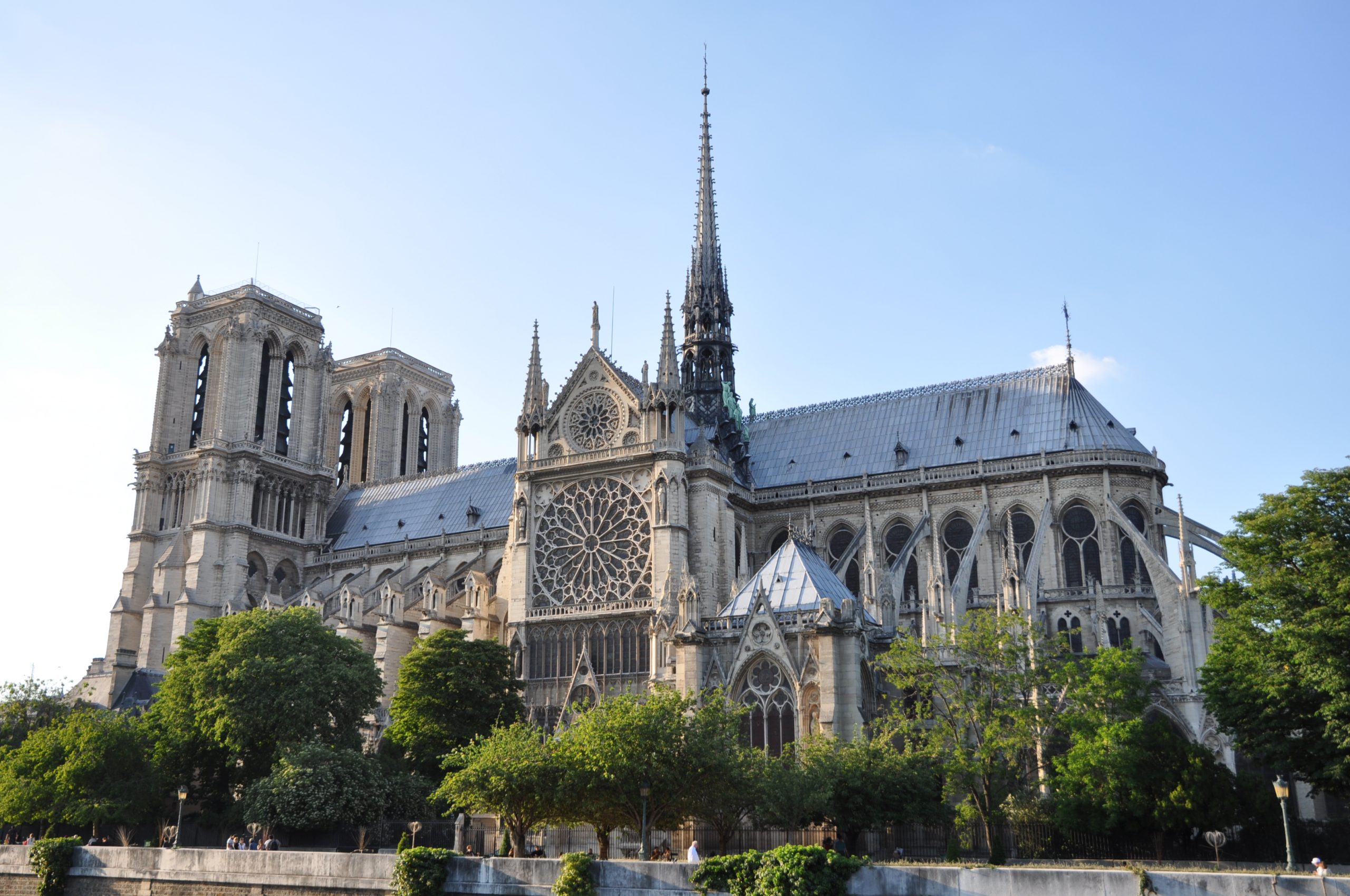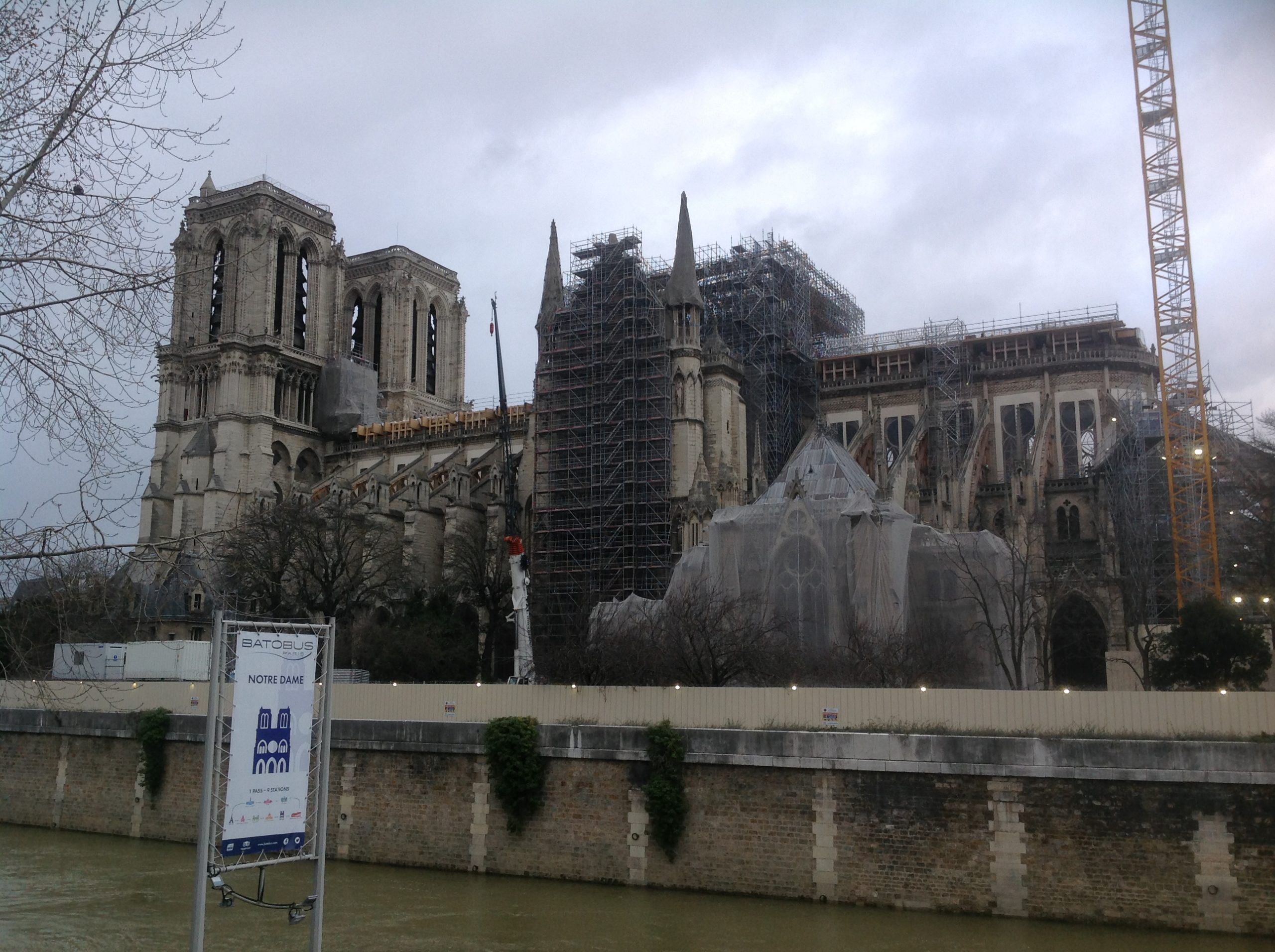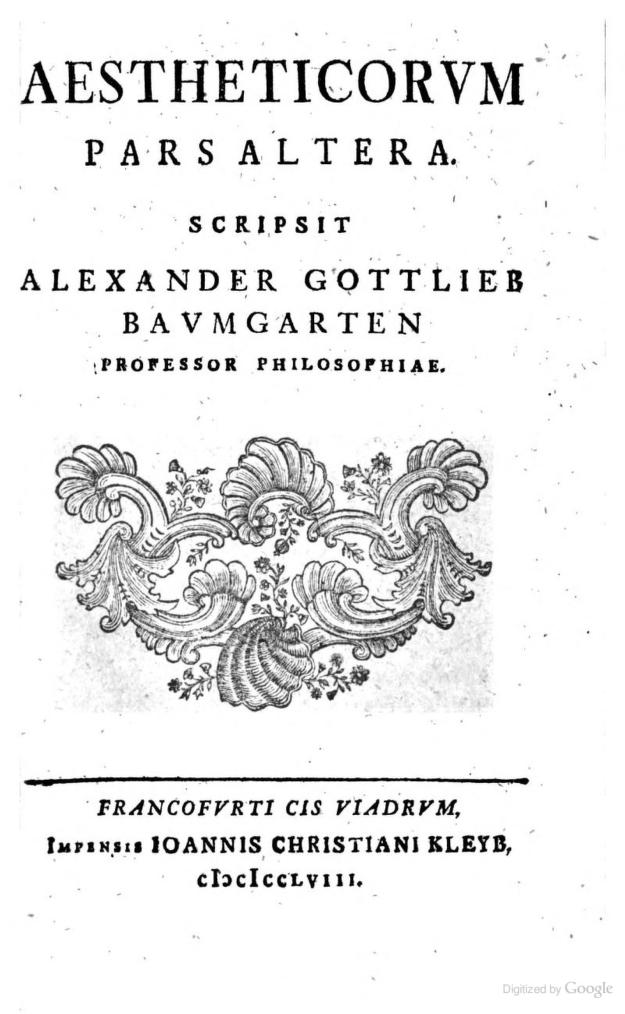Chatty Cafe
- Home Page 33

The Harvard Club of New York City
This content is accessible to paid subscribers. To view it please enter your password below or send mike@standardsmichigan.com a request for subscription details.
The University Club of Providence
This content is accessible to paid subscribers. To view it please enter your password below or send mike@standardsmichigan.com a request for subscription details.
English Fry Up
Standards Massachusetts | Planning, Real Estate, and Facilities
Thankful for the misters during summer 2 move-out 🔥 💦 pic.twitter.com/bKgWE7qVnJ
— Northeastern U. (@Northeastern) August 13, 2025
8990 Grand River Ave, Detroit
“In the Barber Shop” by Ilya Bolotowsky (1934)
Painted for the Public Works of Art Project during the Great Depression
~3700 artists, ~15,000 paintingshttps://t.co/4DfkXSBB84https://t.co/Z1aqoY1zhW pic.twitter.com/qNDCEThOlD— Standards Michigan (@StandardsMich) March 15, 2025
Fashion Technology
Art presents a different way of looking at things than science;
one which preserves the mystery of things without undoing the mystery.
You can always be thinner, look better. https://t.co/Rlibaw8U8v pic.twitter.com/oSif9CNDbz
— 𝒩𝒶𝓉𝒶𝓁𝒾𝒶 (@classicspilled) November 23, 2025
Everyone would basically be 50% happier if everyone dressed a little better. Clothes are everywhere. Everyone doesn’t have to be a clothes hound, but if the girls looked pretty and the guys looked nice, people would be happier and even more optimistic about the future. pic.twitter.com/iQcNPL1cMl
— O.W. Root (@NecktieSalvage) July 17, 2024
Helpppp! Got a black tie wedding next month 💒 and narrowed the dresses down to four!! But which one?! pic.twitter.com/f4XZmXeJx4
— Miss Gauld (@miss_gauld) April 5, 2024
Speaking of storms…Photo of an apple orchard in Ireland after a storm.
by Tony Egan pic.twitter.com/EFWQzCtUkz— Edward Elderman (@edwereddie) October 10, 2024
International Building Code Definitions: Chapter 2
2021 IBC Chapter 2: Definitions
2024/2025/2026 ICC CODE DEVELOPMENT SCHEDULE
Complete Monograph (2650 pages) | Note our proposal on Page 754
“All language is but a poor translation.”
― Franz Kafka
The Impossibility of Translating Franz Kafkahttps://t.co/OotULfVwA5@ASTMIntl
Standard Practice for Assessing Language Proficiencyhttps://t.co/RQVv3TJs2k pic.twitter.com/EZax9evtNL— Standards Michigan (@StandardsMich) April 25, 2021
“Ever wondered what would happen if elevator’s didn’t have buttons and relied on vocal recognition instead?”
The Scottish Comedy Channel | @ComedyUnit
Language is the only homelandhttps://t.co/fulQaBUBDChttps://t.co/mrQCfy4niM pic.twitter.com/8ipdyFLPuW— Standards Michigan (@StandardsMich) July 11, 2024
‘Girls tell about their time at Canadian College of English Language’https://t.co/SKYf5gNZLXhttps://t.co/fsQaxC1L69 pic.twitter.com/FBywkbB1BY
— Standards Michigan (@StandardsMich) July 1, 2024
BEAUJOLAIS NOUVEAU
Product Accreditation: Testing, Inspection & Certification
AFNOR Group: Association Française de Normalisation
The release of Beaujolais Nouveau is not just about the wine itself; it’s a cultural and marketing phenomenon that brings people together to celebrate the harvest season, promotes the wine industry, and contributes to the economic and cultural vitality of the regions involved. The settlements listed below contribute significantly to wine-related research, education, and innovation. Some notable universities and research institutions in France that lead wine research include:
- University of Bordeaux (Institute of Vine and Wine Science): The University of Bordeaux, located in one of the world’s most famous wine regions, is renowned for its research in viticulture, oenology, and wine-related sciences. The Institute of Vine and Wine Sciences (ISVV) within the university is a key research center in this field.
- Montpellier SupAgro: Montpellier SupAgro, part of the Montpellier University of Excellence, is known for its expertise in agronomy, viticulture, and oenology. They offer research programs and collaborate with the wine industry.
- University of Burgundy: The University of Burgundy, situated in the heart of the Burgundy wine region, conducts research in oenology and viticulture. The Jules Guyot Institute is a leading research facility in the field.
- Institut des Sciences de la Vigne et du Vin (ISVV): Located in Bordeaux, this research institute is dedicated to vine and wine sciences and is affiliated with the University of Bordeaux.
- University of Reims Champagne-Ardenne: This university, located in the Champagne region of France, has expertise in Champagne production and conducts research related to winemaking and viticulture.
These institutions, along with various research centers and organizations throughout France, contribute to advancements in wine research, including topics like grape cultivation, wine production techniques, wine chemistry, and the study of wine regions and terroirs. They often collaborate with the wine industry and help maintain France’s position as a leader in the global wine industry.
Beaujolais Nouveau is produced under specific regulations and standards set by the French wine industry. However, there isn’t a specific international standard for Beaujolais Nouveau like there is for some other wines, such as those with controlled designations of origin (AOC) or protected designation of origin (PDO) status.
The production of Beaujolais Nouveau is governed by the rules and regulations of the Beaujolais AOC (Appellation d’Origine Contrôlée), which defines the geographical area where the grapes must be grown, the grape varieties allowed, and the winemaking techniques that can be used. The AOC regulations ensure a certain level of quality and authenticity for wines carrying the Beaujolais Nouveau label.
Winemakers producing Beaujolais Nouveau must follow these guidelines, including using the Gamay grape variety, employing specific vinification methods (such as carbonic maceration), and releasing the wine within a limited time frame after the harvest.
While the production standards are regulated at the national level in France, individual producers may have their own techniques and styles within the broader framework of the Beaujolais AOC regulations.
It’s important to note that the term “Beaujolais Nouveau” itself is not a specific indication of quality or adherence to particular winemaking practices; rather, it signifies a style of wine that is young, fresh, and meant to be consumed shortly after production. As a result, the characteristics of Beaujolais Nouveau can vary from producer to producer within the general guidelines set by the AOC
New update alert! The 2022 update to the Trademark Assignment Dataset is now available online. Find 1.29 million trademark assignments, involving 2.28 million unique trademark properties issued by the USPTO between March 1952 and January 2023: https://t.co/njrDAbSpwB pic.twitter.com/GkAXrHoQ9T
— USPTO (@uspto) July 13, 2023
Standards Michigan Group, LLC
2723 South State Street | Suite 150
Ann Arbor, MI 48104 USA
888-746-3670







